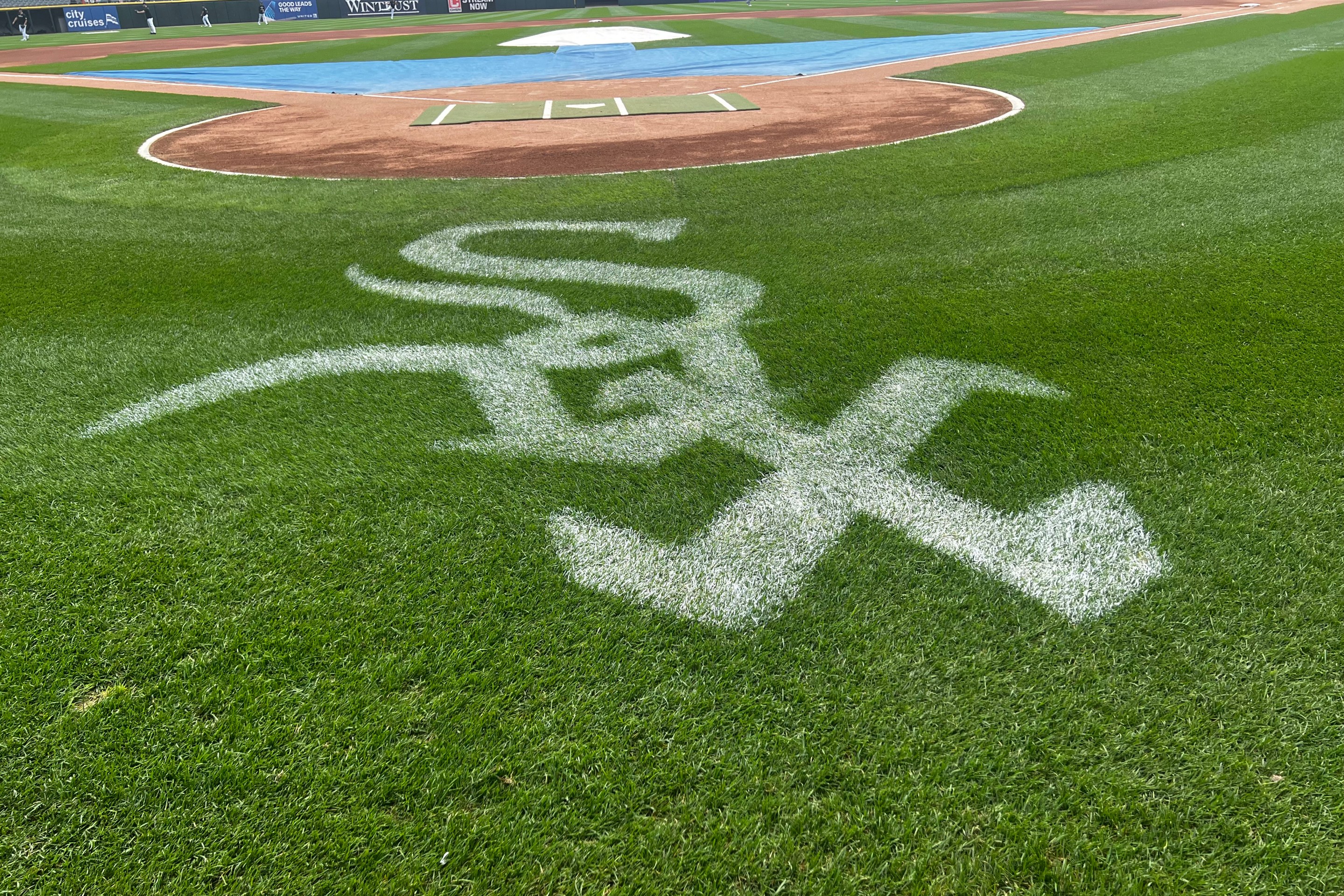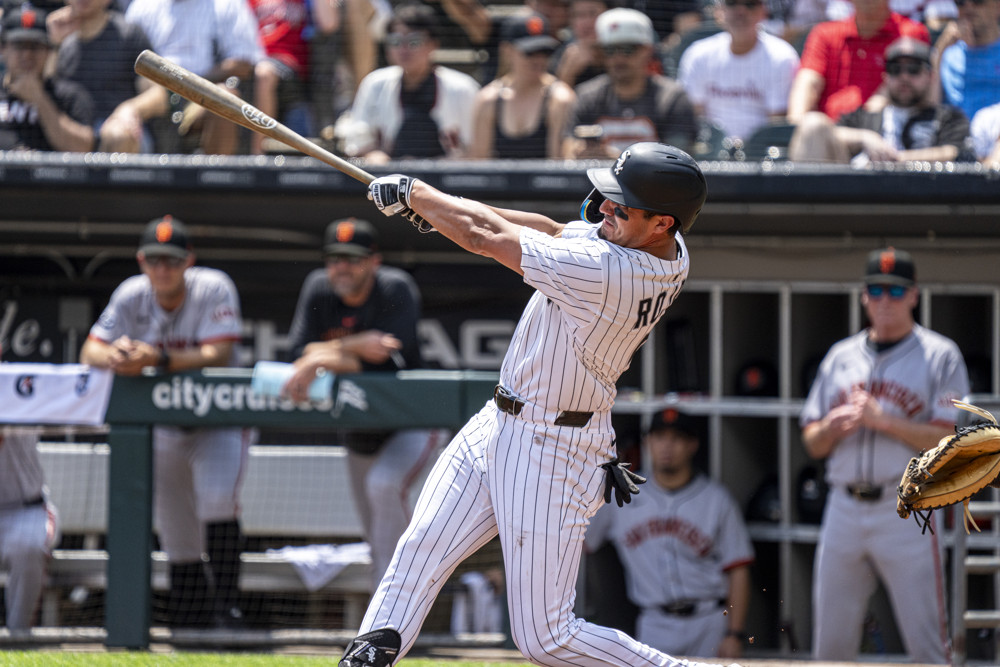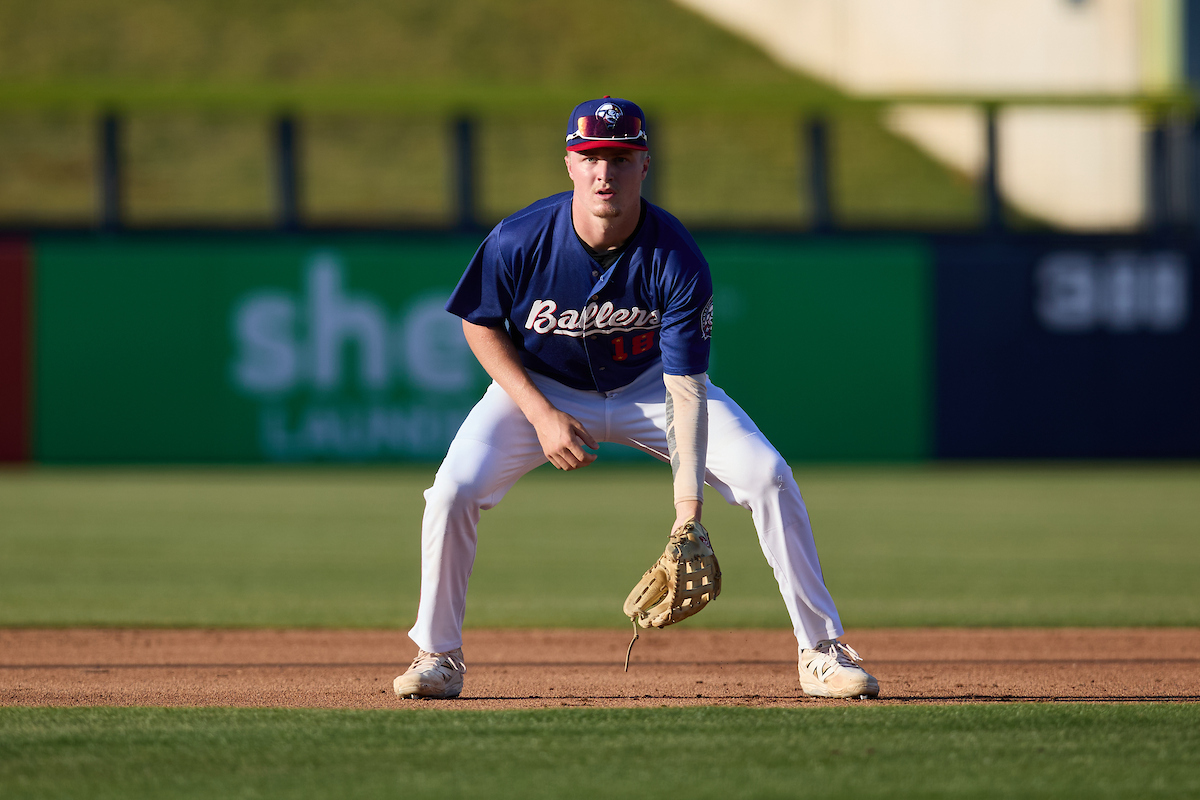The big issue for the back of the White Sox bullpen is never getting to pitch with the lead, rather than holding leads. But if you've been able to glance past a potentially historically awful offense on occasion, Steven Wilson has pitched well since coming over in the late spring Dylan Cease trade that loudly stated the team's intentions for this season.
One run allowed and seven strikeouts in six innings of work from Wilson is encouraging on its own, but if you're into the second paragraph and already wondering aloud what his three additional years of team control could fetch at the trade deadline, the key development is that the right-hander appears to have something working that's more sustainable than what he showed in San Diego.
"Only having one pitch in this league is next to impossible," Wilson told me Friday. "At the end of last year, people could just write the fastball off, just take it out of the equation. Changeup wasn't in the equation. So if I could give them a slider in the zone, they were sitting on it. If I didn't hit my location, it got whacked."
Upon arriving to the Sox, Wilson was coming off back-to-back sub-4.00 ERAs in the San Diego bullpen, riding a sweeper the Padres switched him to in 2021 as often as 60 percent of the time. Major league success is a hard thing to turn away from, but at 29, Wilson has been doing this long enough to have a view of parts of his game that were being lost in the process.
He's not the first newly acquired Sox pitcher this year to raise this specific complaint, but Wilson estimated that his arm slot on his sweeper kept dropping down for the horizontally-focused pitch, to the point where he estimates he was releasing it eight inches lower than he was for his fastball. With such a distinct tell between the two offerings, few pitchers in the majors induced less chases out of the zone than Wilson last year.
A starter for most of his college years at Santa Clara, Wilson has thrown a changeup plenty before and even tinkered with a splitter recently, but the command of all his other secondaries were put askew as his release point dropped down, and the standout qualities of his fastball had become neutralized by its unreliable location.
"If you look at my in zone fastball [last year], it's like 35 percent and I used to be like 75-80 percent with that, so that number alone to me screamed that I need to figure that out," Wilson said. "I'm a high [inverted vertical break] fastball guy, so guys just swing under it all day. Now that I have the command back, I feel comfortable just ripping it in there and trusting that it's going to miss barrels and get weak contact."
Ultimately, a small grip modification is all Wilson really points to for being able to still throw and command his sweeper, but out of a higher arm slot where it can tunnel with his four-seam fastball and now a viable changeup that he's suddenly throwing over 20 percent of the time. But a funky set of circumstances might have made his hot start look more improbable.
Between a pectoral strain and hip injury that eventually ended his 2023 season in late August, Wilson was trying to pitch through pain in San Diego. It was effective until it wasn't, and a pair of blowup outings turned his 2.43 ERA a last season's All-Star break into a 3.91 mark that didn't seem essential to the Padres' late-inning mix. Up until late this spring, Cactus League box score scouting would have made you wonder if Wilson was going to throw any strikes at all, as he was walking over a batter per inning while tinkering unsuccessfully with a splitter.
"It was terrible," Wilson said with a smile. "I had a bunch of walks. Basically I was throwing pitches in counts I wouldn't normally throw them, just because I was trying to work on them. I was throwing splitter 1-0, 2-0 and now I'm 3-0. But I needed to work on the splitter in-game. It would put me in bad counts and then there were walks, but that's kind of what spring training is for."
But with his reclaimed arm slot, Wilson found returning to the changeup he'd thrown prior to reaching the majors to be a turnkey process. It was never a highly graded pitch as he was ascending through pro ball, but with an effective sweeper and good riding action on his mid-90s fastball, all Wilson needs his changeup to do is move the way he's anticipating and be a third pitch for hitters to ponder coming out of the same release point. Hitters' efforts to hike up their barrel for a letter-high heater are tempered just slightly by the possibility of a dropping changeup, and Wilson's arsenal is no longer defanged by a left-handed bat that can track his slider.
"To lefties, the slider down and in doesn't work all that well," Wilson said. "It's also a high-vert slider. So I needed an off-speed other than a slider to throw to them. I can backdoor it pretty well, but if I'm going fastballs up and in and then a backdoor slider, it just looks very different. They're coming out of two different tunnels. But if I'm fastballs up and in to a lefty and then I drop a changeup, it starts up and in there and then it fades off, that's useful."
The end sum is a reliever who received understandably little of the publicity for being part of the Cease package, but now touts a Statcast page that has quickly turned a deep a shade of red. After being the second percentile for inducing chases last season, Wilson is in the 92nd percentile in the early going, and has yet to allow a barrel on the year. More to the point, the reasons behind the results feel more true to the pitcher he knew he was capable of being.
"I had a good year so it's kind of hard to change things," Wilson said. "But I just had to believe in the fact that if I get these things right, I'll be an even better pitcher."





